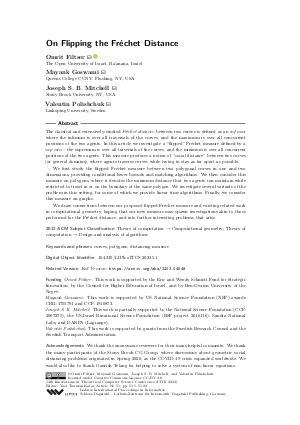LIPIcs.ITCS.2023.51.pdf
- Filesize: 1.1 MB
- 22 pages

 Creative Commons Attribution 4.0 International license
Creative Commons Attribution 4.0 International license







Feedback for Dagstuhl Publishing